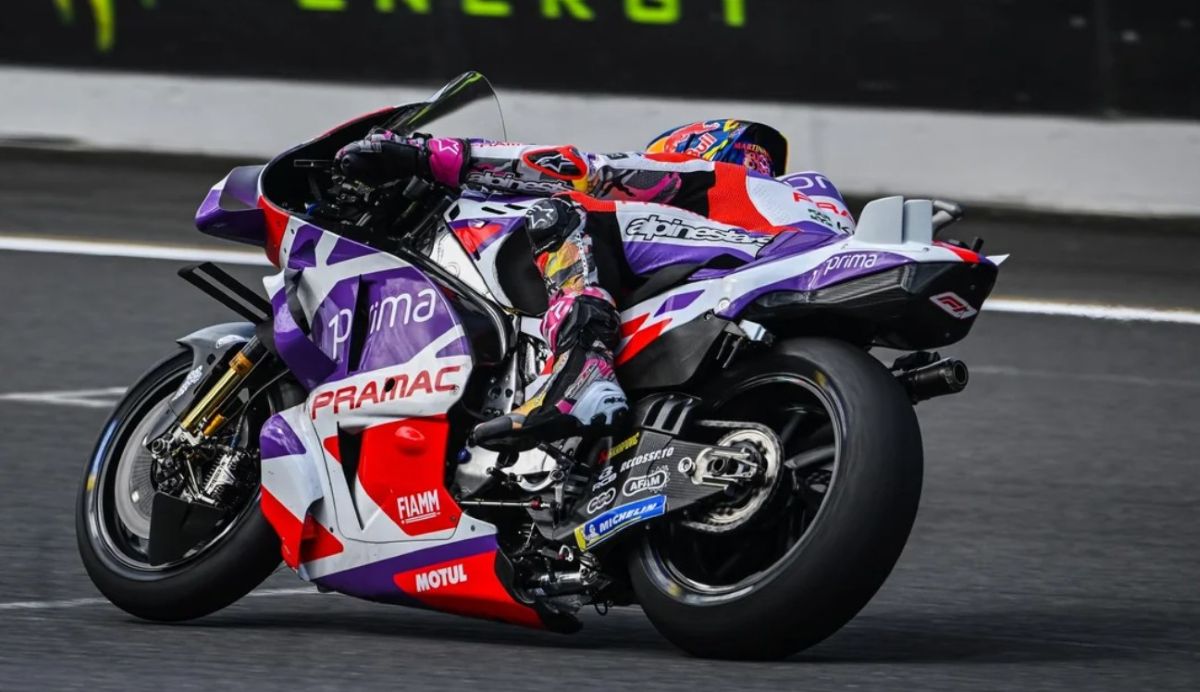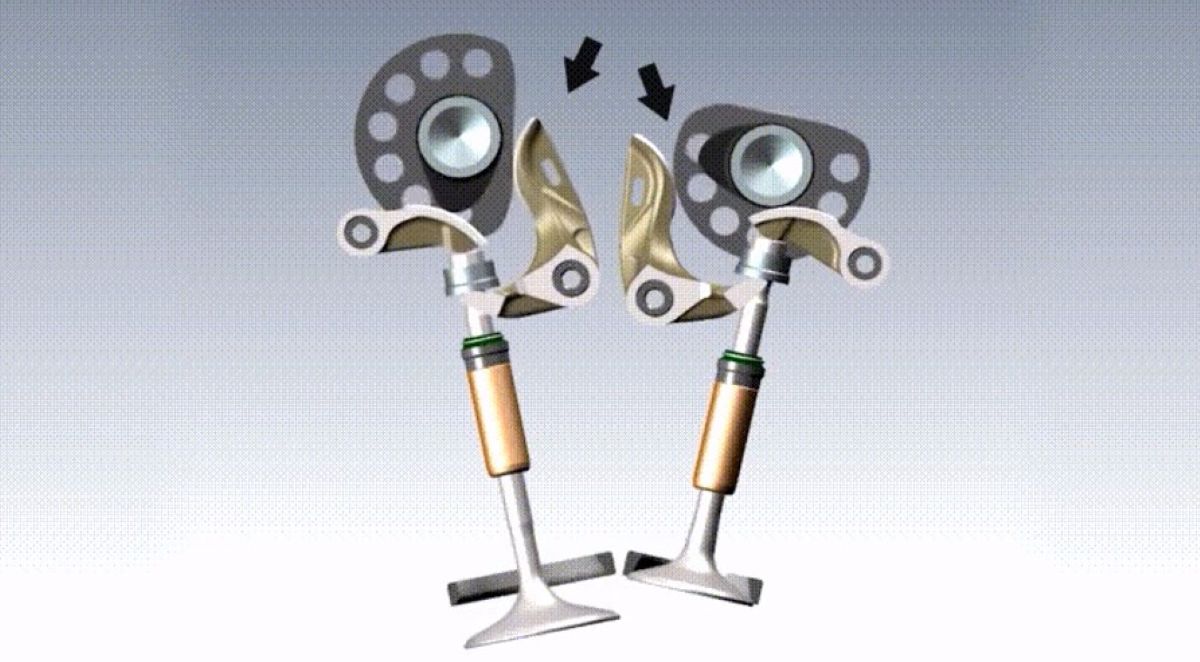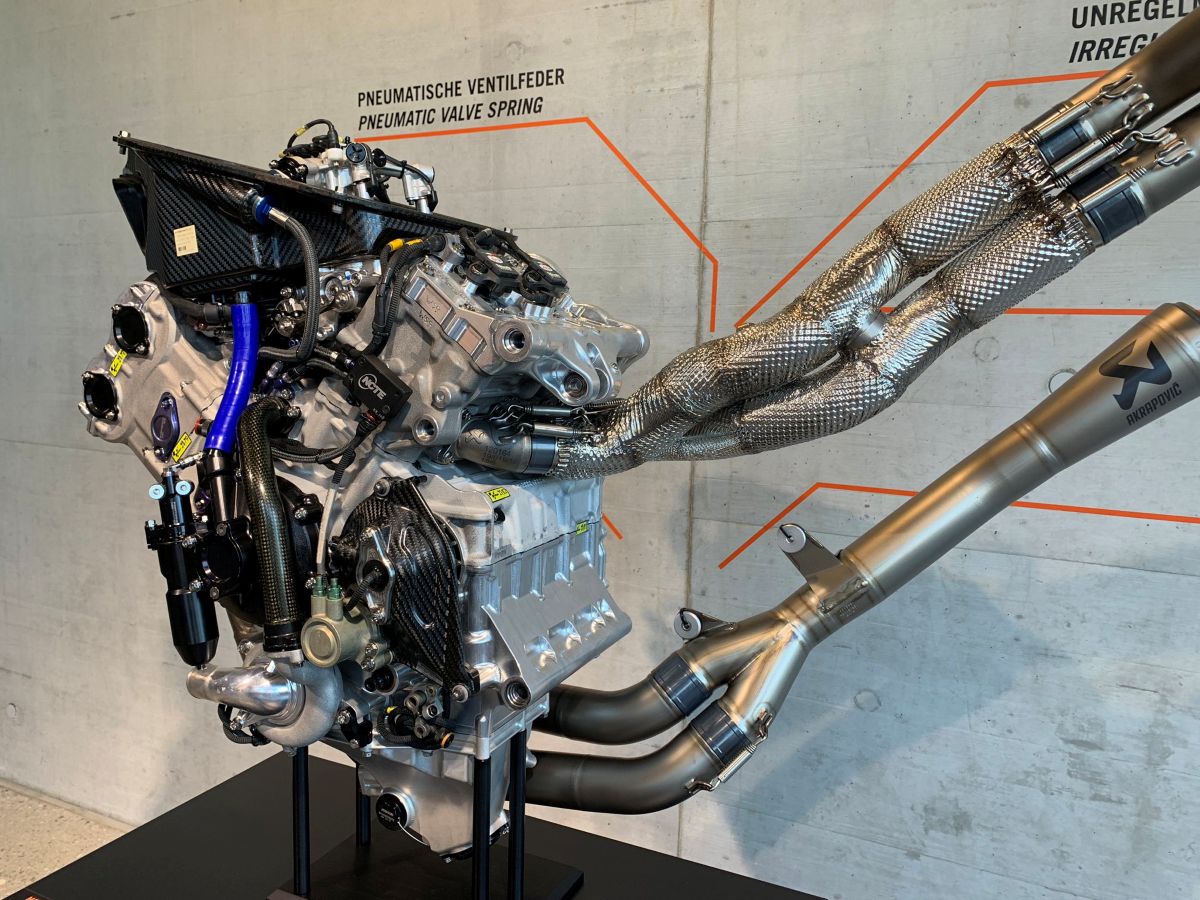The ride height device in MotoGP is one of the sport’s most significant recent technological innovations, forever changing the way motorcycles accelerate out of corners and down straights.
The device essentially functions as a system to lower the motorcycle’s rear (and previously front) end during specific racing situations, giving riders the ability to accelerate harder with less tendency to wheelie. The device also provides a pretty nifty aerodynamic advantage.
With the ride height device scheduled to be completely banned from 2027, its tenure in MotoGP forever leaves an impact on Grand Prix motorcycle racing.
The fundamental purpose
Ride height devices in MotoGP is relatively straightforward: lowering a motorcycle’s centre of gravity reduces its tendency to wheelie under hard acceleration. With MotoGP bikes producing approximately 250 horsepower, wheelies are commonplace and significantly limit acceleration performance out of a corner.
By temporarily lowering the bike’s ride height, riders can apply throttle earlier without the front wheel lifting, enabling faster acceleration onto straights.
The primary function of these devices is to give riders a mechanical advantage during what engineers call the wheelie phase sections of the track, where riders are accelerating hard in low gear, typically at the race start and when exiting slow corners.
By keeping both wheels on the ground, the bike can translate more of its power into forward motion rather than wasting energy lifting the front wheel. The system automatically returns to normal when the rider brakes for the next corner, as the weight transfer under braking causes the suspension to compress beyond the device’s locking point.
Engineers at Suzuki once estimated they lost between 0.3 to 0.4 seconds per lap without a ride height device compared to competitors who had implemented the technology. With a race distance generally north of 20 laps, many manufacturers worked to develop their iterations of the technology at the risk of being left behind.
Evolution from holeshot devices
The ride height technology in MotoGP evolved from holeshot devices that have been used in motocross racing for decades. These original devices were simple mechanisms designed only for race starts and couldn’t be reactivated during a race. In motocross, the holeshot device worked by compressing the front forks before the start, engaging a pin or hook that locked them in the compressed position.
Ducati revolutionised this concept in 2018 by introducing a rear ride height device that could be activated multiple times during a race. This evolved version allowed riders to lower the rear of the motorcycle throughout the entire race distance. Following Ducati’s innovation, other manufacturers quickly developed their systems, making it a standard feature across the grid.
While the front devices were primarily mechanical, the rear systems are more sophisticated, typically using hydraulic mechanisms that can be activated via a control on the handlebar.
When is the device used?
Unlike Formula 1’s DRS (Drag Reduction System), which has strict rules about when it can be used, MotoGP riders can typically activate their ride height devices at any point. This allows them to optimise their usage based on track layout and riding style.
According to former MotoGP Technical Director Corrado Cecchinelli, the aerodynamic effect of using ride height devices has become approximately as important as the anti-wheelie benefits in terms of lap time improvement.
When the rear of the motorcycle is lowered, it changes the angle (rake) of the aerodynamic surfaces, including the winglets that have become prominent features on modern MotoGP bikes. This change in angle reduces drag on the straights, creating an effect similar to the DRS system, which allows for higher top speeds.
Controversy
The ride height device technology had a divisive development in recent MotoGP history. Critics argue that the devices reduce the importance of rider skill in controlling wheelies and managing the bike’s dynamics, potentially making the racing less exciting and more dependent on technology.
MotoGP introduced regulations banning front ride height devices in 2023. This partial ban was seen as a compromise, allowing the continued use of rear systems while preventing further expansion of the technology.
More recently, a more comprehensive regulatory response has been announced, with all ride height devices scheduled to be banned from the 2027 season onward. Compounded with the relaxation of aerodynamics, perhaps the end of a golden era in MotoGP is quickly approaching.



